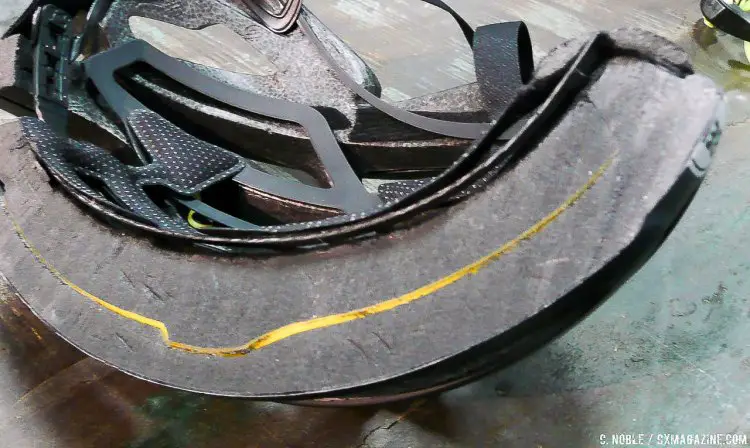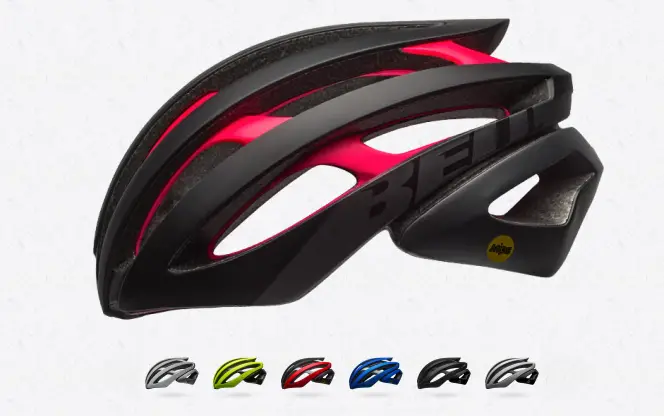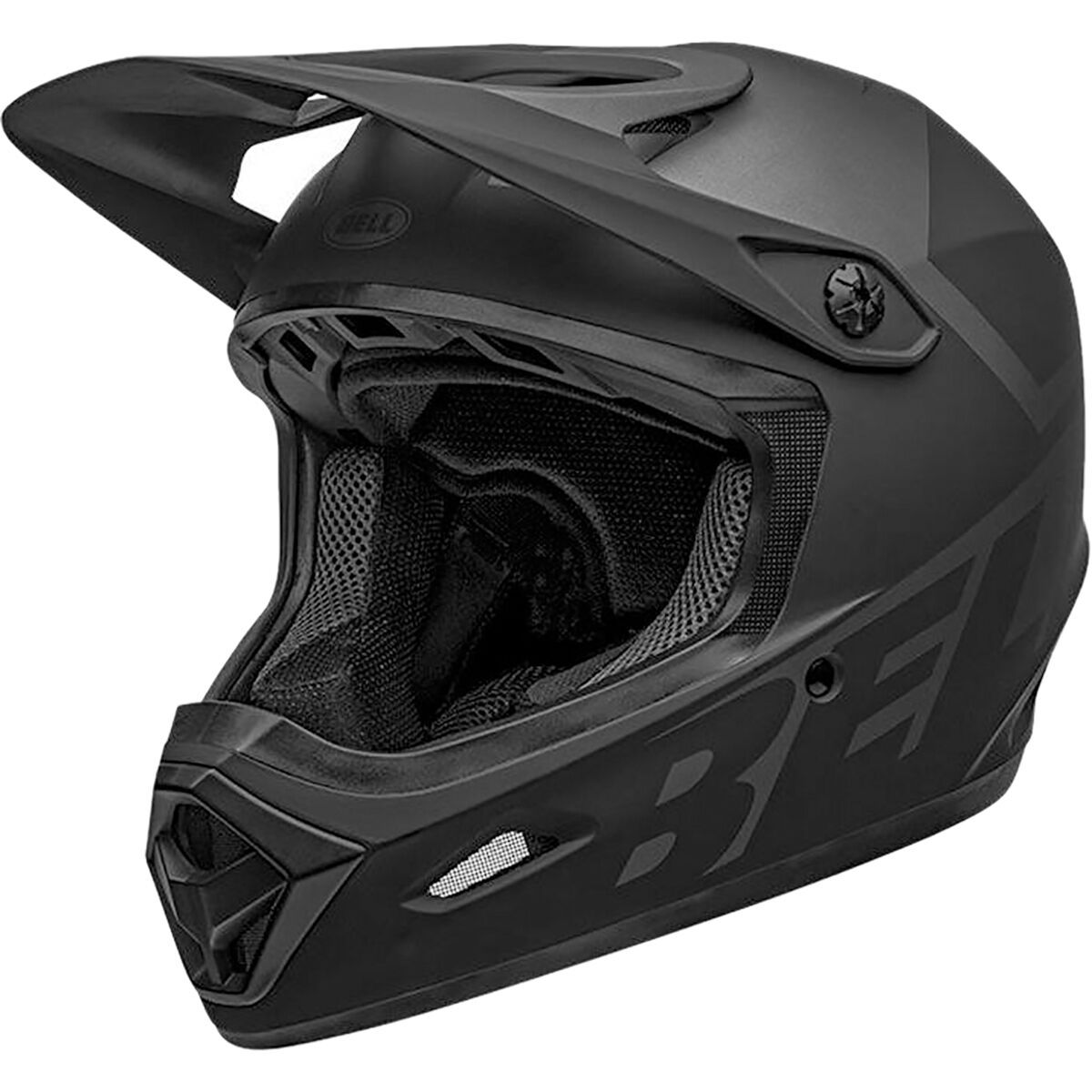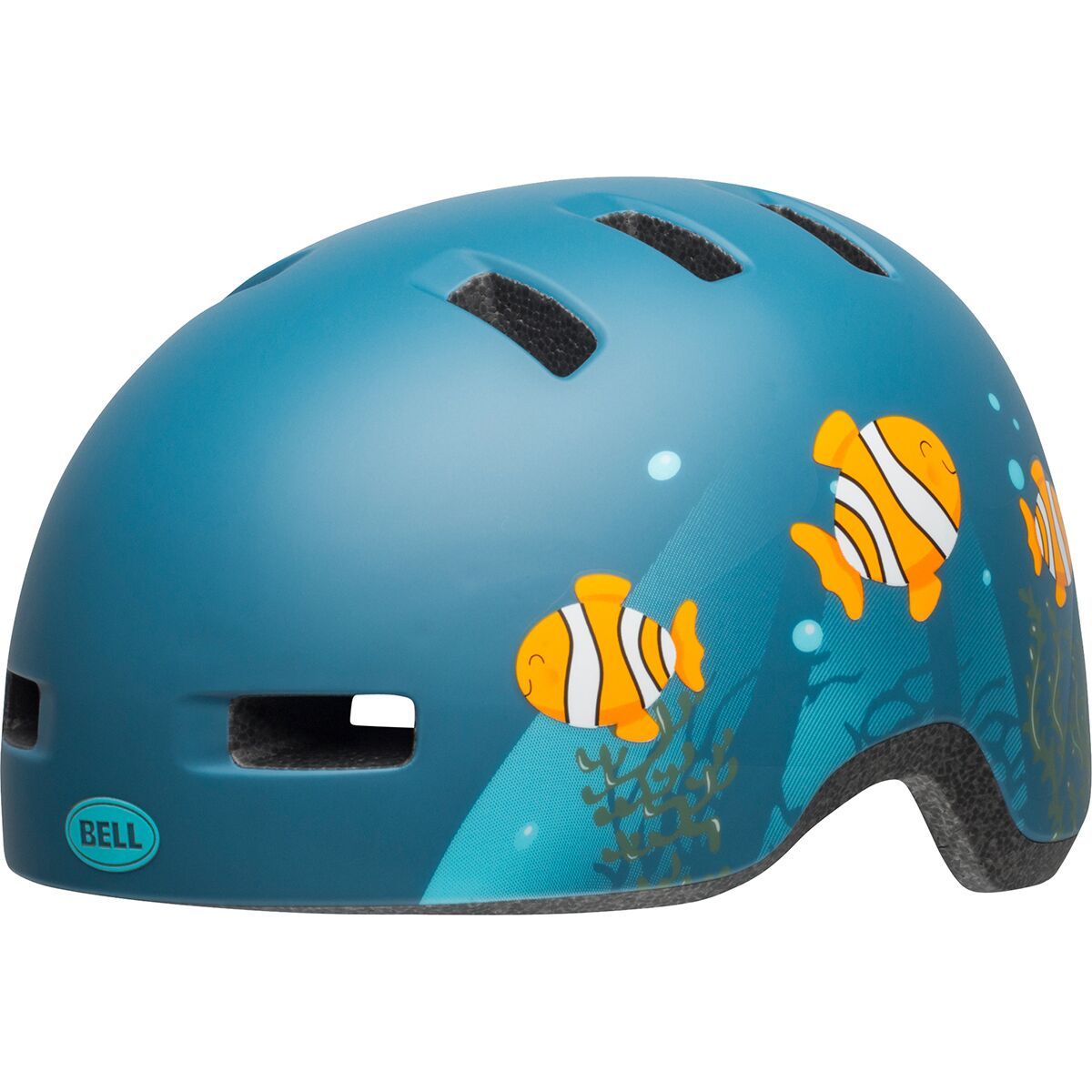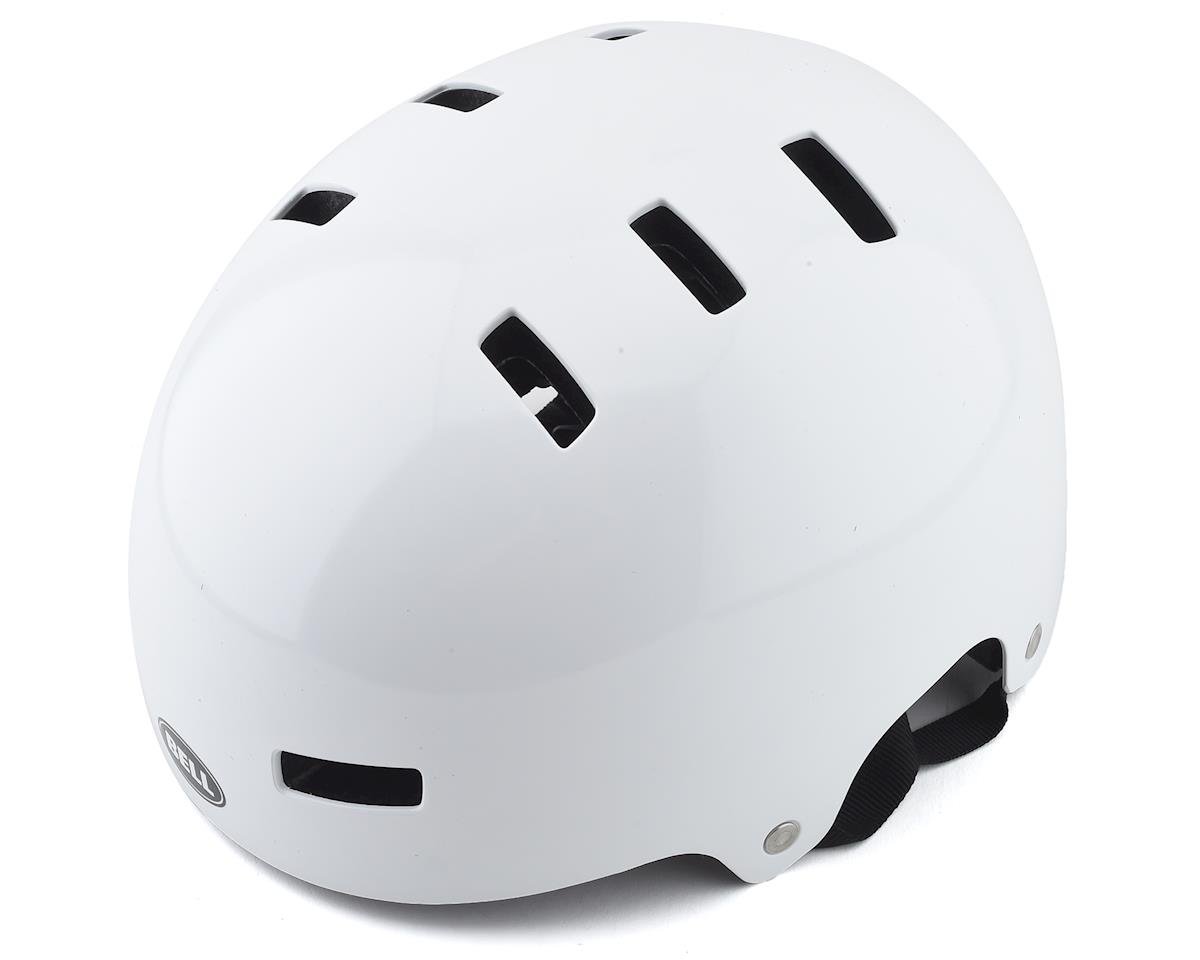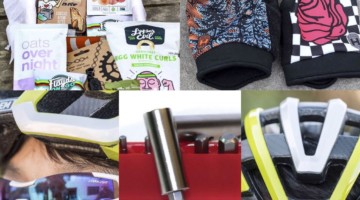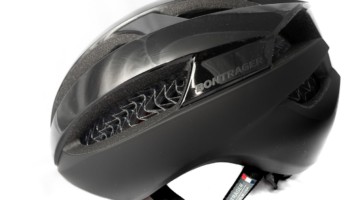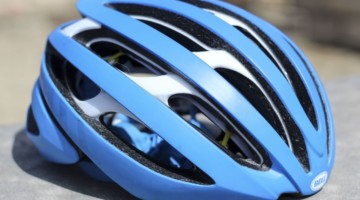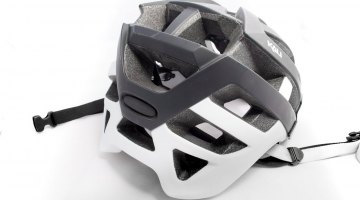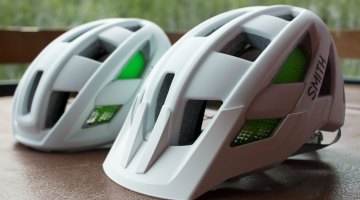Bell Zephyr Helmet Protects Your Head with Dual Density Foam, MIPS:
Bell’s new helmet, the Zephyr, integrates MIPS and fine dial adjustment into one piece allowing the helmet to fit more like a cap, rather than a helmet. In addition, two varying densities of EPS foam, an inner and outer layer both mated to their own polycarbonate shell, are designed to protect from varying impact intensities and makes for a visually dynamic helmet that exceeds CPSC certification standards. The helmet weighs in at 280 grams in size Medium, costs $230, and is available now.
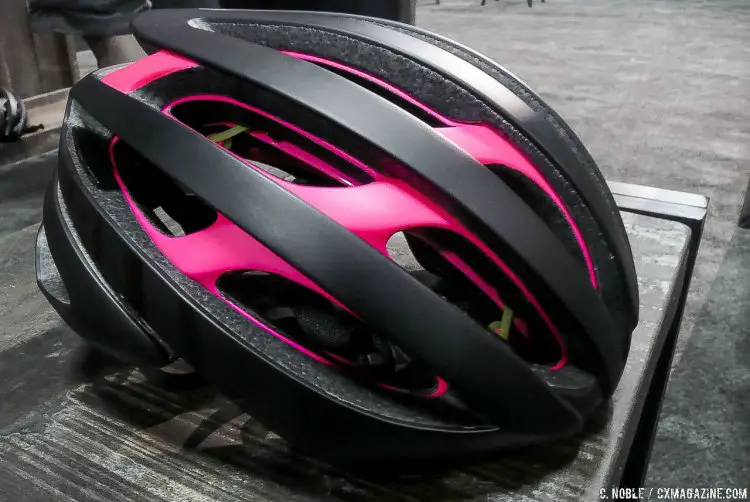
In this colorway, the pink polycarbonate layers act as a dynamic indication of layered material. © C. Noble / Cyclocross Magazine
The helmet aims to be a leader in comfort and fit, rather than the lightweight or aerodynamics champ. That’s probably a good thing for most cyclocross and gravel athletes, as our lower speeds and bumpy terrain prioritize a helmet staying in place over being best on a scale or at 50kph in a wind tunnel.
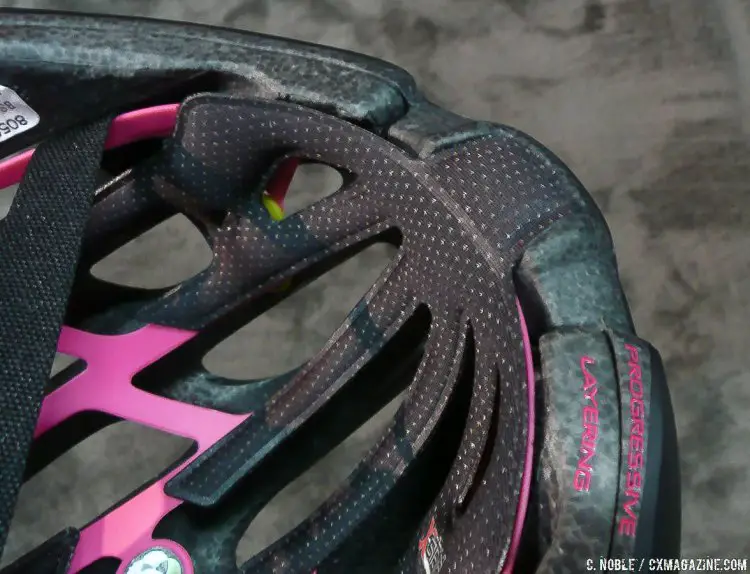
Foam padding is cleverly nested into the EPS foam on the front of the Bell Zephyr helmet to direct sweat away from the eyes. © C. Noble / Cyclocross Magazine
The Bell Zephyr aims to have top-notch fit and comfort through innovative integration of sweat pads and a dial adjustment that works with the MIPS rotational protection.
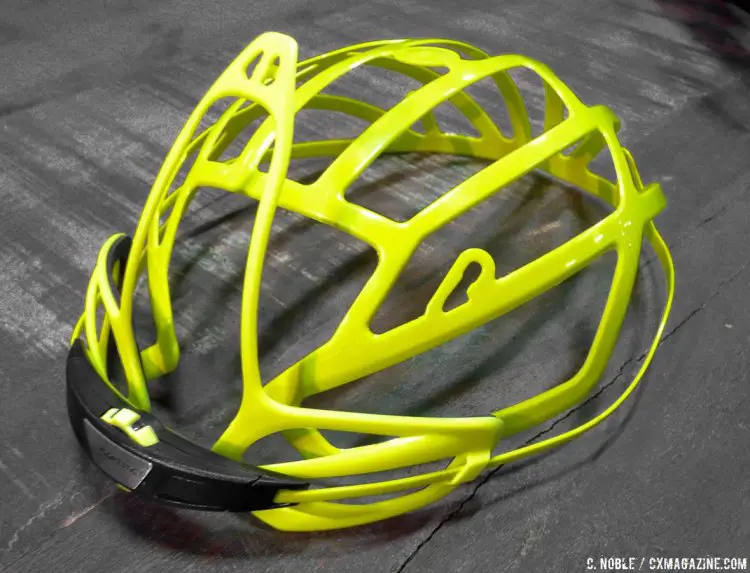
Integrating the MIPS technology and dial adjustment into one piece is an innovation in comfort and will likely be more durable in helmets that are used for a long time because it eliminates sometimes vulnerable joinery between small plastic parts. © C. Noble / Cyclocross Magazine
Varying densities of foam is one way to effectively absorb the shock of impacts to the head. Kali famously uses different densities of foam and cone shapes that crush on impact, while Catlike also uses varying foam densities with a honeycomb structure to maintain safety while keeping weight down and ventilation up.
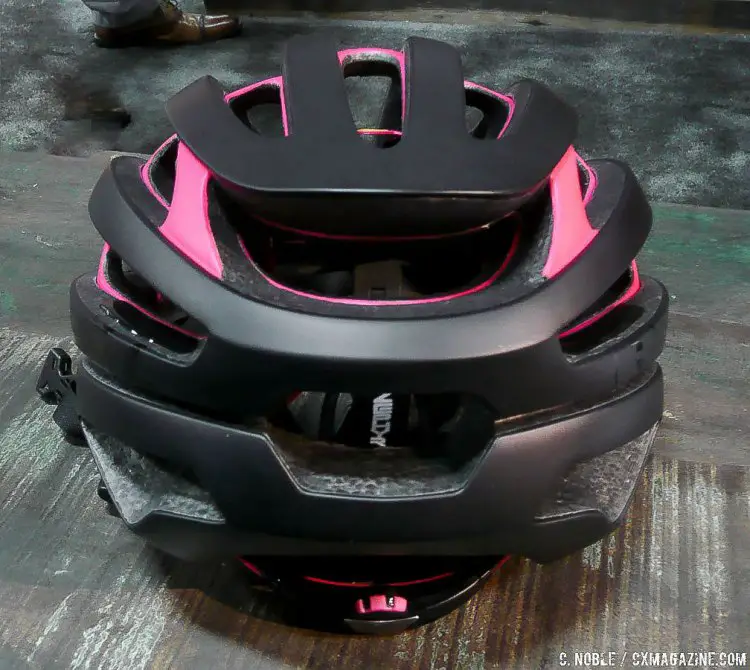
The rear view in particular shows off Bell’s Zephyr generous ventilation © C. Noble / Cyclocross Magazine
Might we see Bell-sponsored 2015 Cyclocross World Champ Mathieu van der Poel trade in his Bell Star Pro and Gage helmets and wear one to his duels with Wout van Aert? Stay tuned.
More info: bellhelmets.com
See our ever-growing collection of new product news from Interbike 2016 here.













